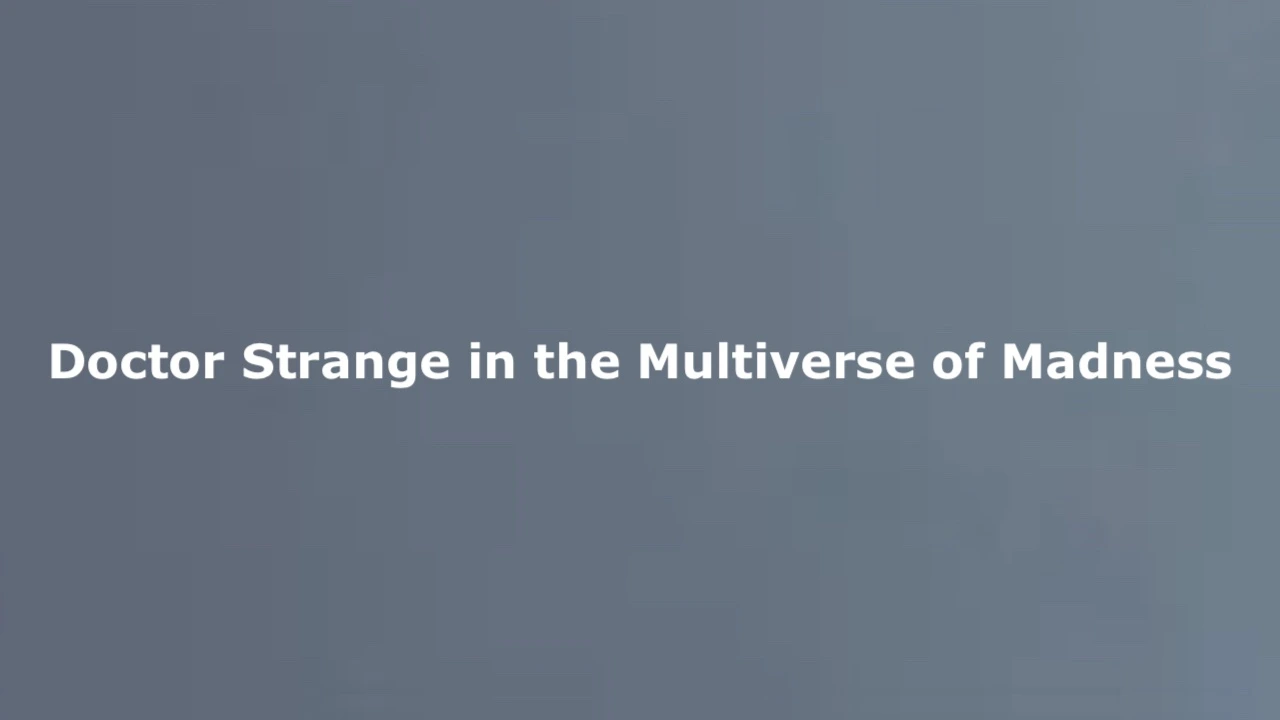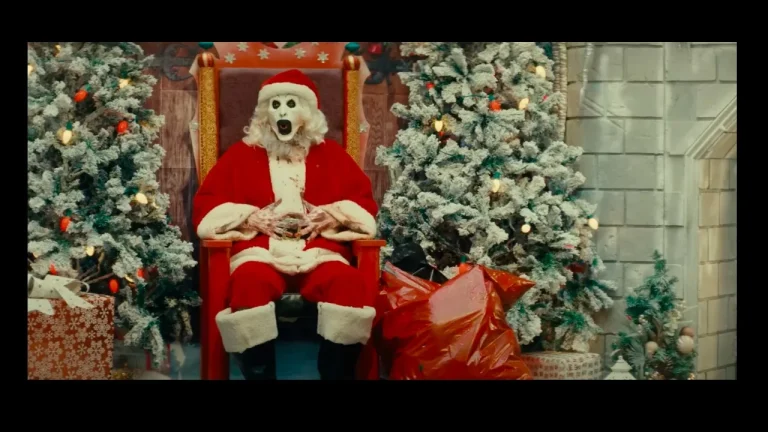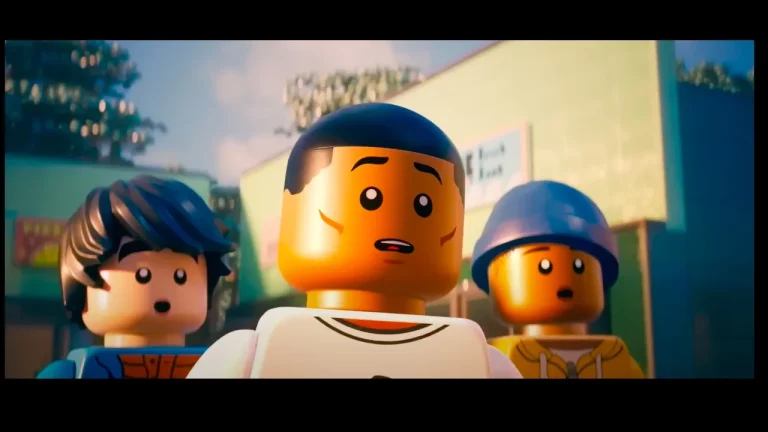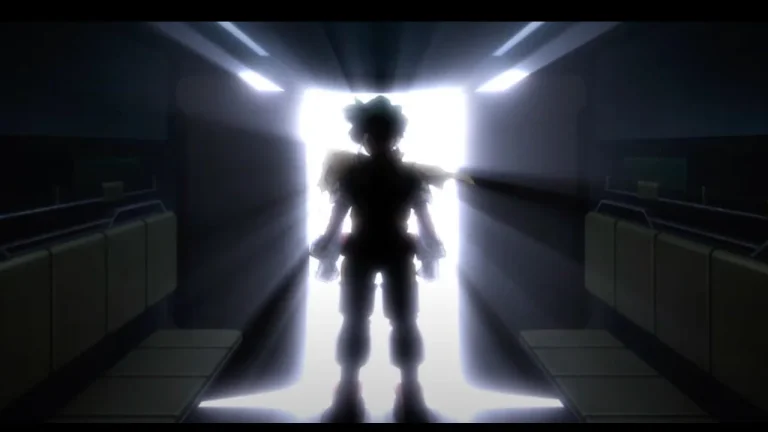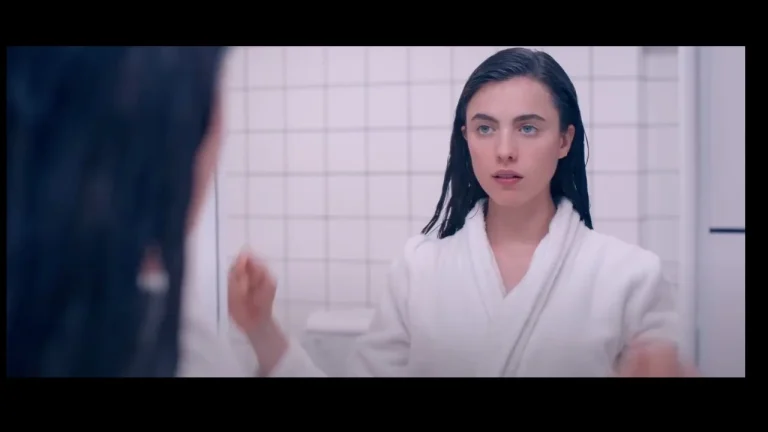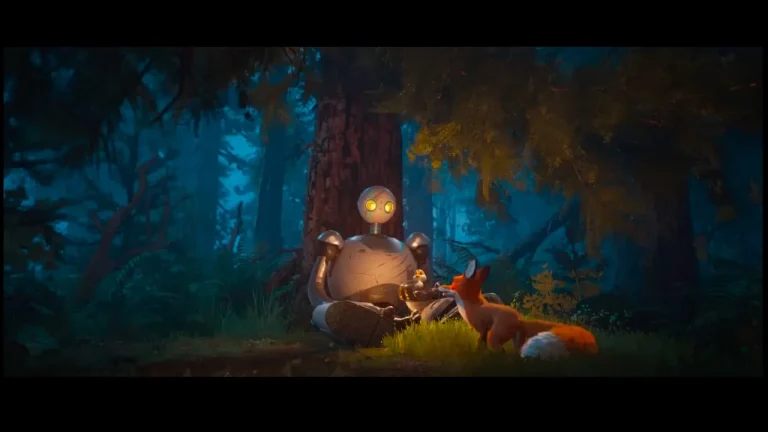Doctor Strange in the Multiverse of Madness is a thrilling, mind-bending adventure that explores the limitless possibilities of the Marvel Cinematic Universe. The film also marks director Sam Raimi’s return to the big screen, after nearly a decade away.
The movie stars Benedict Cumberbatch as Stephen Strange, Rachel McAdams as Christine Palmer, and Elizabeth Olsen as Wanda Maximoff. The story follows their adventures as they traverse the MCU’s multiverse. Upcoming Hollywood Movie update please visit regular bollyflix.
The Plot
The dazzlingly disorienting opening set piece that made Scott Derrickson’s Doctor Strange sparkle has been revived in Marvel’s post-Endgame sequel, Doctor Strange in the Multiverse of Madness. The film takes its cues from both WandaVision and Spider-Man: No Way Home before laying the groundwork for its main plot involving the interface of parallel universes.
Unlike its predecessor, the multiverse is more of an integral part of this film than just a convenient plot device that the heroes have to navigate. It also helps explain why the film’s most threatening villain is not Doctor Strange but Karl Mordo, played by Chiwetel Ejiofor.
America Chavez (Xochitl Gomez) unintentionally crash-lands into Strange’s home universe while he’s being chased by a demon from one of his nightmares, which gives her the ability to move between universes. She then meets up with her mother, 838-Christine Palmer, who works for a secret organization called The Illuminati, consisting of Captain Carter, Black Bolt, Maria Rambeau, Reed Richards and Charles Xavier.
The Visuals
Marvel’s Doctor Strange in the Multiverse of Madness takes audiences on a thrilling ride through the universe with Benedict Cumberbatch’s sorcerer-turned-hero and his mystical companions. In the film, we see Strange (Cumberbatch) and America Chavez (Xochitl Gomez) travel to other parallel universes, where they face a galactic threat that threatens the very existence of humanity.
In order to bring the visuals of these adventures to life, Marvel relied on a host of VFX vendors and some of the industry’s leading minds to pull it off. Digital Trends recently spoke with Luma Pictures’ Olivier Dumont and Michael Perdew, who served as VFX supervisor and senior VFX producer on the film, about their work on some of the movie’s most dazzling scenes.
Among the most impressive was the film’s opening multiverse sequence, where Strange and America travel from a mysterious demon to a colorful, cloud-laced temple. It’s a strikingly photorealistic world that harkens to both Salvador Dali and David LaChapelle.
The Acting
Acting is an incredibly dynamic craft that requires not just words but also behaviors that are organically evoked. This is why it is essential for actors to constantly work on improving their skills by attending acting classes and taking courses.
When acting a scene, the actor has to be able to deliver their lines in a way that is both natural and authentic to the character’s voice. This is especially important when working with a script that is based on a comic or movie series.
It is also crucial for the actor to be able to find their own happiness as they are delivering these scenes. They have to be able to feel and express their characters’ emotions in order to give their character depth and meaning in each of their scenes.
This is particularly true when it comes to acting in the Marvel Cinematic Universe. The actors have to be able to bring the characters to life in their scenes, and the best way to do this is by being willing to work hard on their own and not just memorizing their lines.
The Music
Danny Elfman, who has previously written scores for Batman (1989) and Spider-Man (2002), was the composer behind the music in Doctor Strange in the Multiverse of Madness. With a darkly action-centric, at times almost horror-like score that’s a perfect fit for the multiverse concept, the composer creates several standout action cues and some memorable new themes in this latest Marvel blockbuster.
In addition to the main Strange theme composed by Michael Giacchino, Wanda Maximoff’s Scarlet Witch motif also makes an appearance here – albeit in rather more gothic, ominous form than it was in Avengers: Age of Ultron. This isn’t a bad thing, as the gothic tone that Elfman has applied to it here is quite enjoyable overall.
The main highlight in Elfman’s score however comes in the form of a truly magically musical fight sequence. When the evil versions of Strange are forced to face off in the decrepit Sanctum, they each start whipping a barrage of musical notes at the other – and Elfman’s music is on full display throughout.
